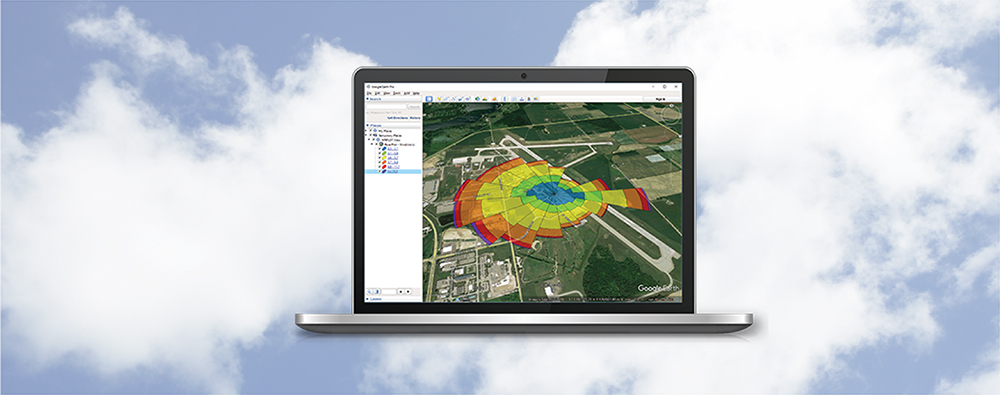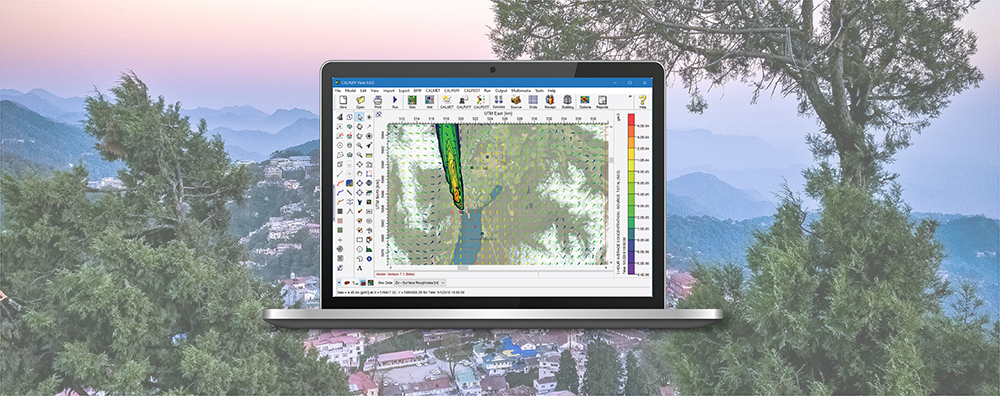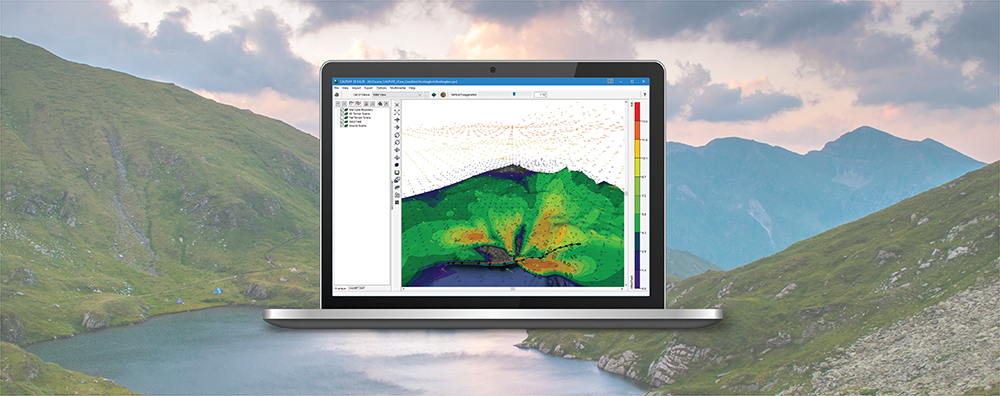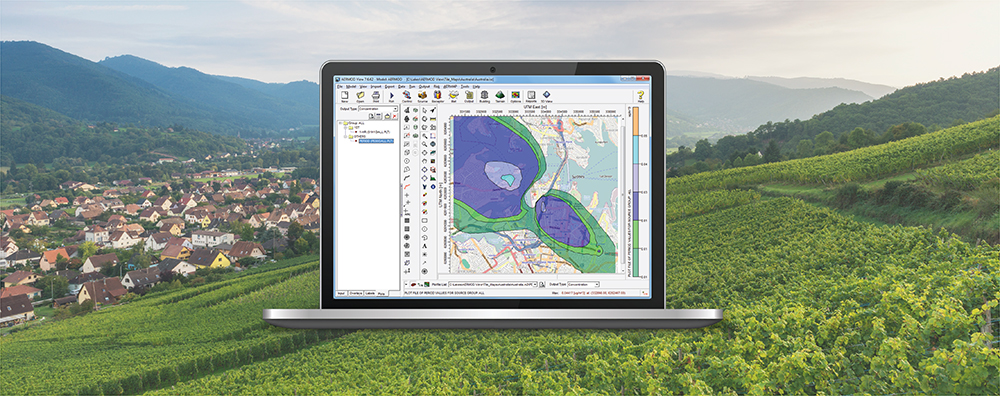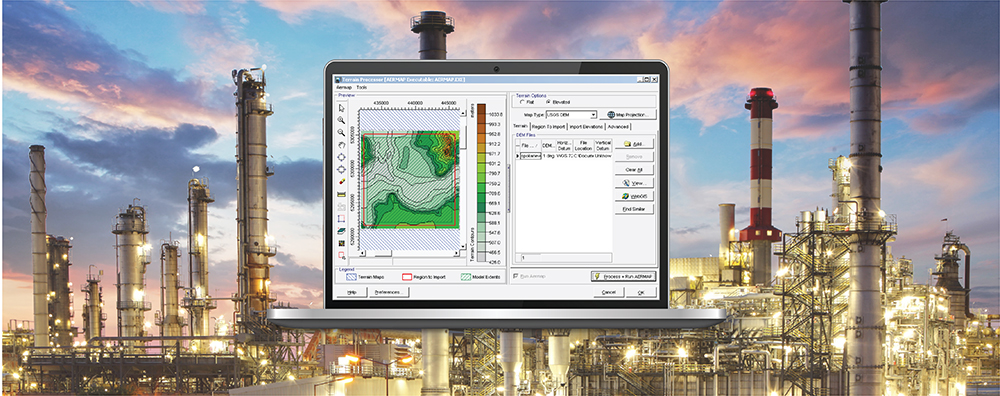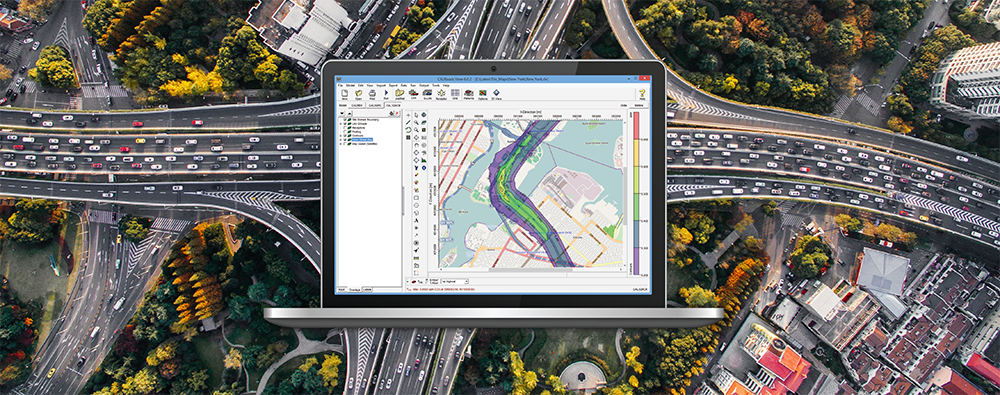U.S. EPA Conference on Air Quality Modeling
Earlier this month, the U.S. EPA hosted the 13th Conference on Air Quality Modeling at their offices in Research Triangle Park, North Carolina. This month’s Modeling Tip takes a closer look at why this Conference is held and what gets accomplished.


